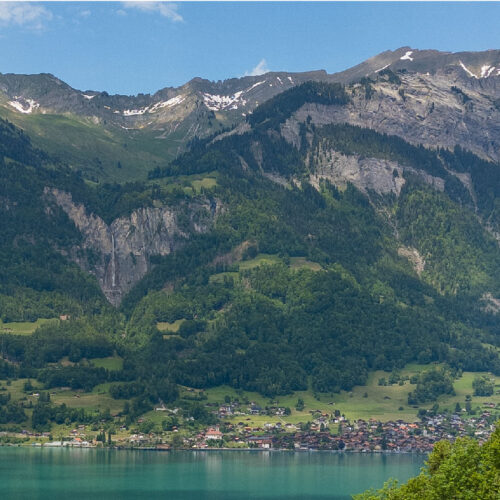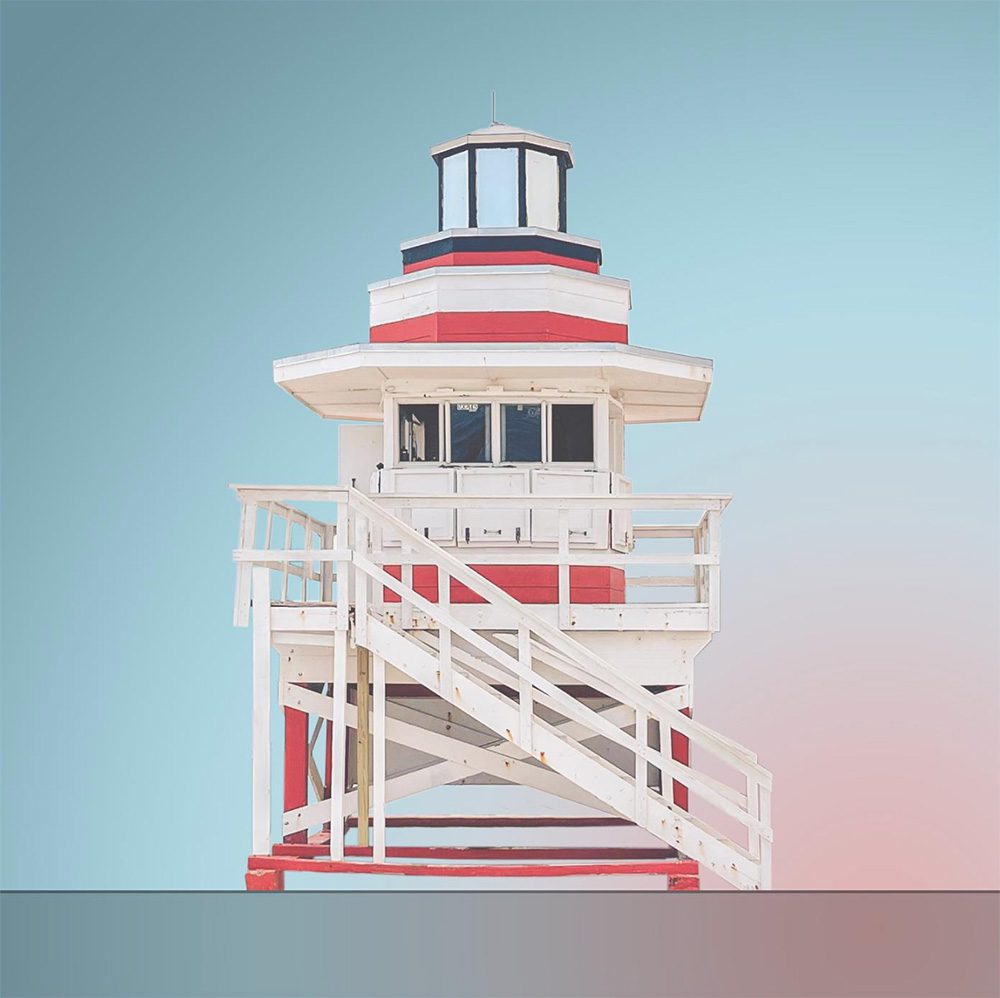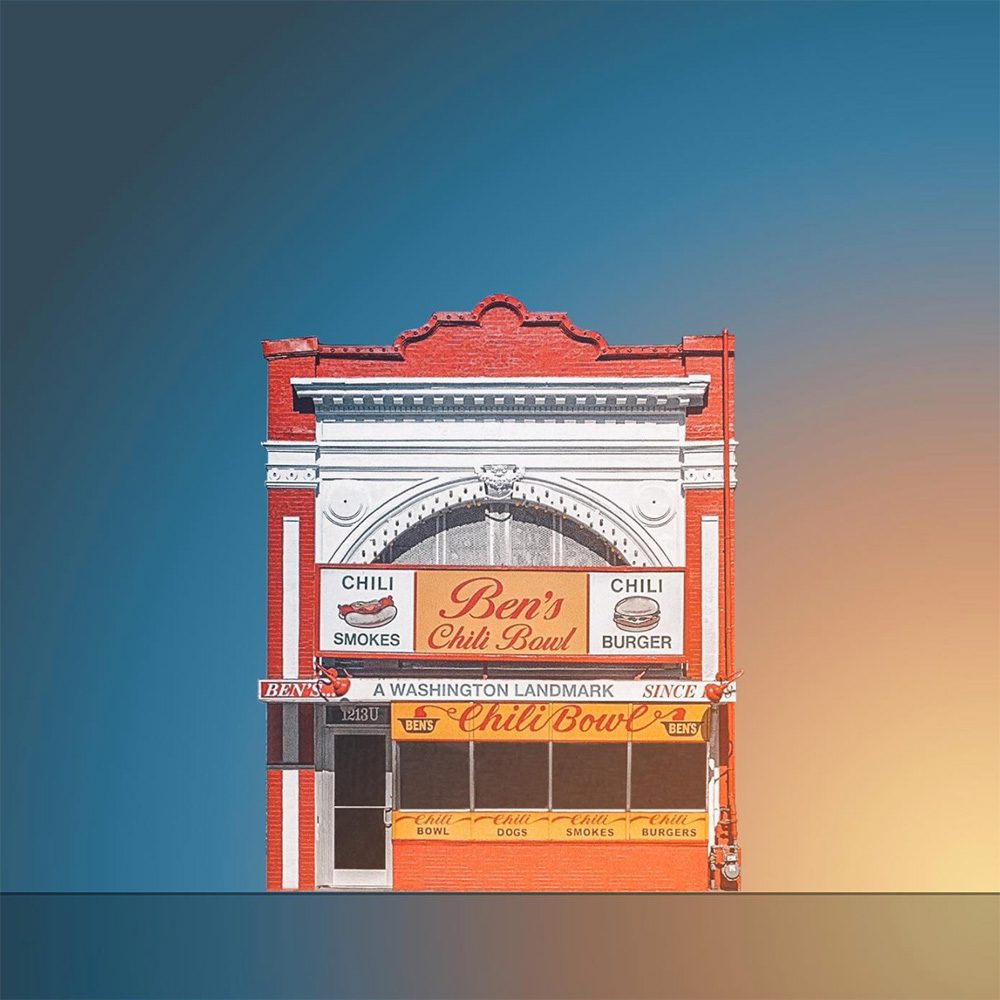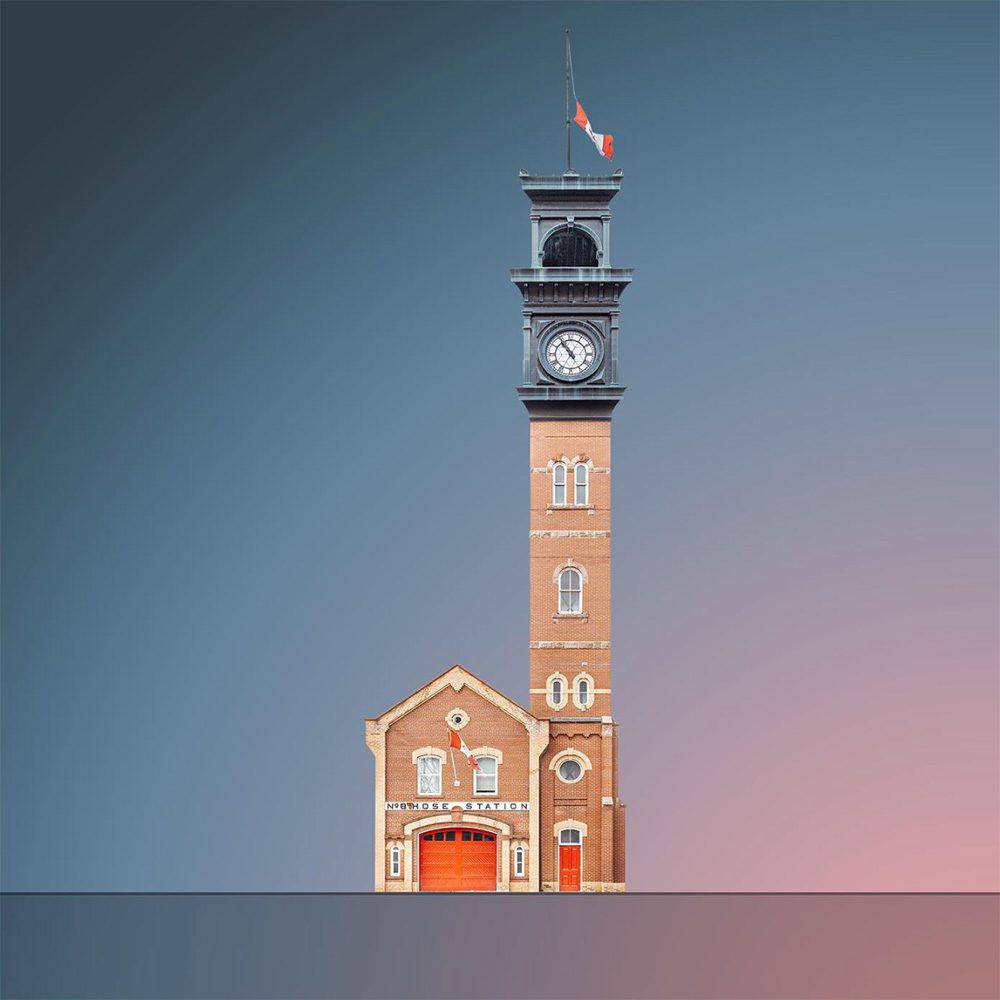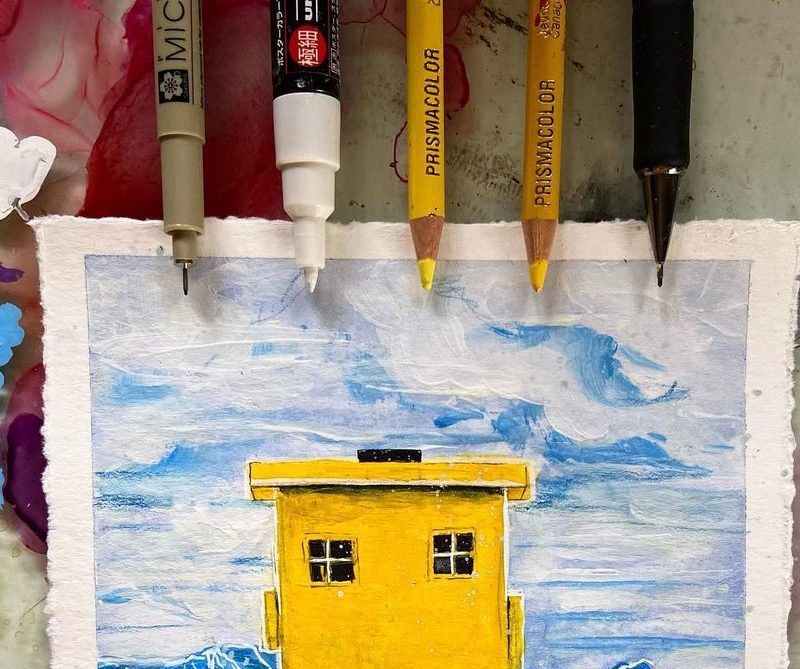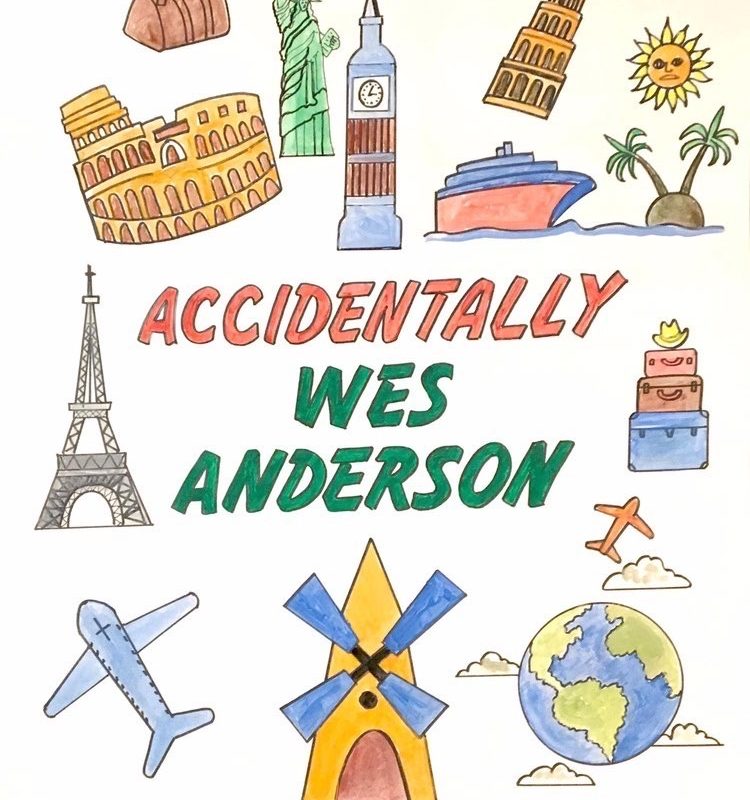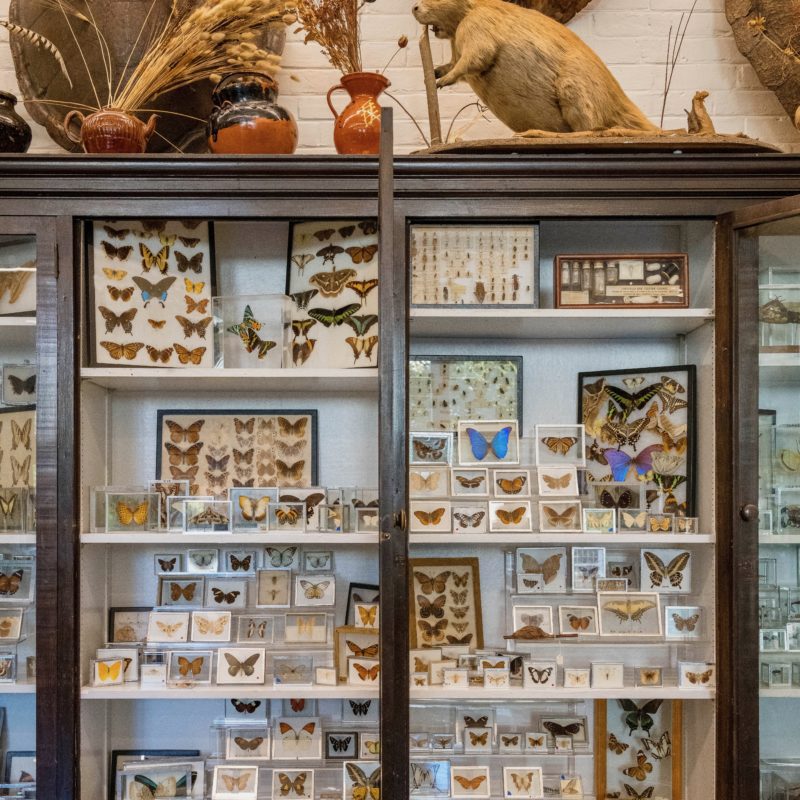A person who travels on foot is known as a wayfarer, and architectural photographer Wäyfarer has strapped on their comfiest pair of sneakers and taken to the streets to discover architectural wonders all around us. But sometimes a photo doesn’t do a justice, and Wäyfarer has found an alternative way to view these often under appreciated buildings. When taken out of context from their surroundings, and removed of all distractions, you can truly appreciate the full building for it striking components. Although the touchup process is highly manual – sometimes taking up to five hours of detailing pixel by pixel – we have to admit that we are blown away by the final result! So how does one decide to dive into a tedious artistic practice such as this? Wäyfarer explains how it all got started:
“I began taking pictures when I was just 3 years old and since then, I enjoy every time I take a camera.
But nowadays, having access to the Internet from the palm of our hands, I so often ask myself why we continue to take pictures when we travel, etc. if we can find the same (or even better) pictures over the internet. That’s something we couldn’t do when I was a child or a young guy and there was no internet and we wanted to show places to our family and friends. At that time, taking pictures was completely meaningful.
I started showcasing my pictures in Flickr, Instagram and locally in Bars many years ago. Taking pictures of people and architecture are my two passions.
But a few months ago I realized something that had been disturbing me when taking pictures of buildings. All the architectural pictures showcasing buildings show the bottom of the building, always plenty of artifacts; people, cars, bicycles, painted walls, distracting shops, dirt, to mention just a few annoying things that are not part of the building and only distract and sometimes some of them degrade the architecture and beauty of the building.
It was at that moment that I decided to take pictures of buildings and process them in such a way I would remove any objects found in front of the building or even in the building itself if these were not originals.
So, my images are taken with that purpose in mind. As you can imagine, this requires finding the best moment (less traffic, no people crossing in front, etc.) and taking several shots to be able to remove any foreign objects later in post-production. To decontextualize the building and show it in all its splendor, I cut its outline manually, as is the process of removing the trees from the façade, branch by branch, pixel by pixel. You should see the before and after!! I limit myself to always use ISO100 and 2 stops less than max aperture so I use the lens sweet spot every time and ensure the best quality.I wondered if there was anyone doing something similar? Yes, similar yes, but not the same. Other photographers do great jobs but all crop the picture to avoid showing the bottom of the buildings, so rather than remaking the façade by removing the artifacts that distract, several of them just crop the image. But cutting the building is, in my opinion, not an option, as this is an important part of the architecture of the building and was important for the architect to design it, thus it should be part of the picture.
But not allowing myself to cut the bottom of the building means a big effort and a lot of time dedicated for each picture. Removing all artifacts and cutting its outline manually takes no less than 5 hours, and there are even some that take me several days to complete.And it is by doing this kind of photography and artwork that, in the end, I find taking photographs meaningful again.
Now, when I ask myself why I take photographs I have a straight answer; I do what I cannot find if I search the Internet.”




